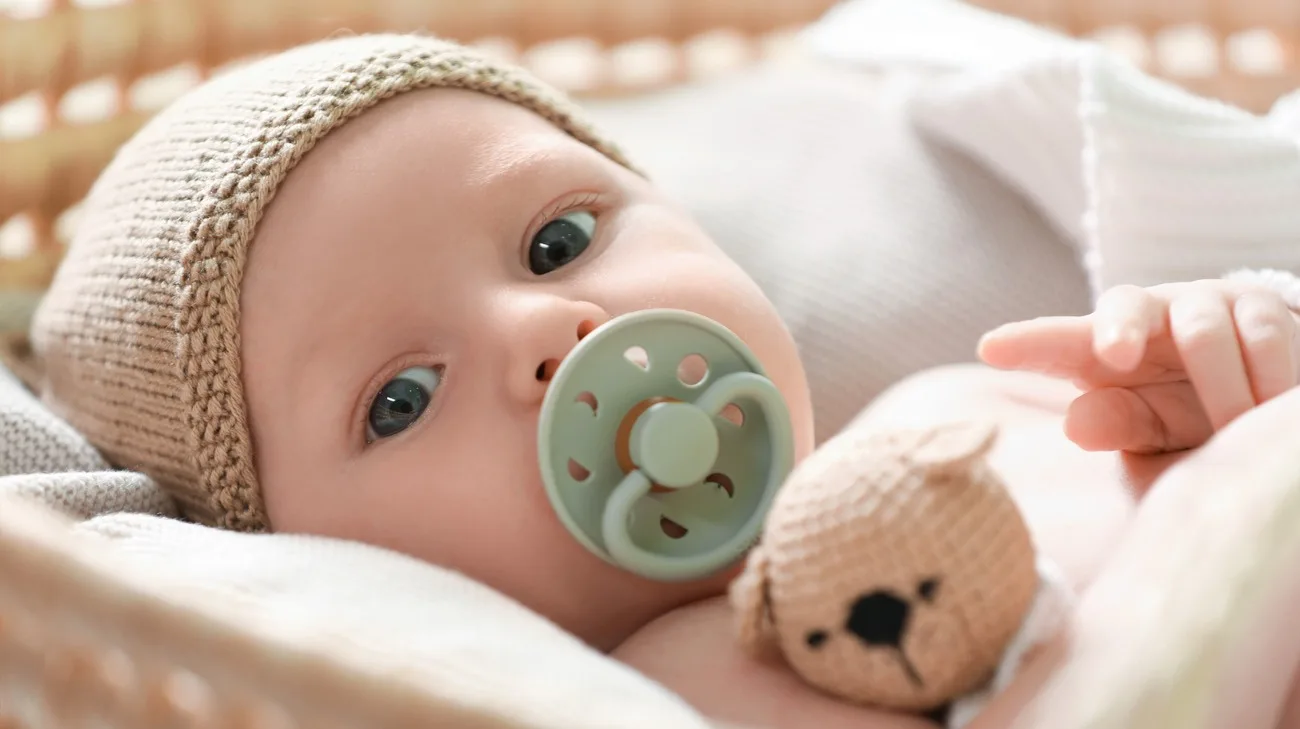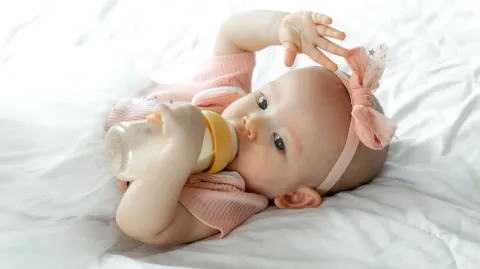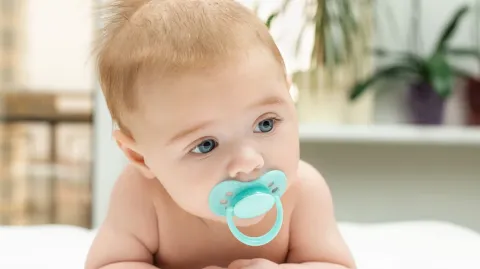Essential Points to Consider When Choosing Pacifiers and Baby Bottles
A baby’s healthy feeding routine depends on the safety and hygiene of the products used. Especially in the first months, choosing the right bottle and pacifier directly affects both the baby’s comfort and the parents’ daily routine. With so many models and brands on the market, new parents often feel confused. In this article, you’ll find everything you need to know about bottle and pacifier selection from material quality to brand choice and cleaning tips.
1. Material Selection: Health Comes First
The first thing to consider when choosing a baby bottle is material quality.
Glass bottles contain no chemicals, are BPA free, and long-lasting. However, they are heavy and can break easily if dropped. Plastic bottles, on the other hand, are lightweight and practical but must always be labeled “BPA and BPS free.” Older plastics may still contain these chemicals, so it’s important to check the production date for your baby’s safety.
In recent years, silicone and stainless steel bottles have become popular. Silicone bottles are flexible, unbreakable, and heat-resistant. Stainless-steel models stand out for their durability but are not transparent, so it’s harder to see the amount inside.
When choosing a bottle, opt for materials that are easy to clean and don’t retain milk or formula residue.
2. Nipple Type and Flow Speed
The nipple and pacifier tips should suit your baby’s age and sucking strength.
Silicone nipples are heat resistant and ideal for sterilization. Rubber nipples are softer but may become sticky or lose shape when exposed to hot water.
For newborns, slow-flow nipples are best they prevent air intake and reduce the risk of gas. From 3–4 months, switch to medium flow, and after 6 months, faster flows can be used.
If your baby is both breastfed and bottle fed, choose “breast like” nipples to ease the transition between the two.
3. Brand Choice: Quality, Compatibility, and Availability
There are major differences among bottle and pacifier brands. When choosing one, focus not just on popularity but also on quality certification, material safety, and availability of spare parts.
Some brands use non standard sizes for bottle tops or caps, making replacements difficult later on. Therefore, choosing a widely available brand helps avoid such issues.
Every baby has unique sucking habits. Trying a few different models at first can help determine which bottle your baby prefers. Some babies like wide-neck bottles for comfort, while others prefer traditional narrow designs.
Also, prioritize brands that are breastfeeding compatible, as they help maintain the baby’s natural sucking reflex.
4. Cleaning and Sterilization: The Key to Hygiene
Hygiene is just as important as product quality when it comes to baby care.
Bottles and pacifiers should be cleaned after every use and sterilized regularly.
Hot water alone is not enough use natural, baby safe bottle cleaners or special baby detergents that are free from alcohol, parabens, SLS, and phosphates.
After cleaning, rinse thoroughly to remove all residue.
Sterilization can be done by boiling, using a steam sterilizer, or microwave sterilization kits.
However, be careful with silicone or rubber materials excessive heat may damage them.
Also, bottle brushes and cleaning tools should be replaced regularly, as bacteria can accumulate over time.
5. Usage and Storage Tips
Never close bottles before they are completely dry; moisture encourages bacterial growth.
Allow all parts to air dry on an open rack and store them in a closed cabinet afterward.
If you notice scratches, discoloration, or odor on plastic bottles, replace them immediately.
Always keep a spare bottle and pacifier on hand your baby may reject one type, or you might need an extra during travel for hygiene reasons.
6. Conclusion: Safe, Practical, and Healthy Choices
Choosing the right bottle and pacifier is one of the most important steps of parenthood.
For your baby’s health, choose BPA free, high quality, and easy to clean products.
When picking a brand, rely on safety certificates, spare part accessibility, and real user feedback.
Above all, see the bottle and pacifier not just as products, but as tools that strengthen your bond with your baby.
With the right selection and proper hygiene, you can turn feeding time into a healthy and peaceful experience for both of you.





Comments0
No comments yet — be the first to comment!